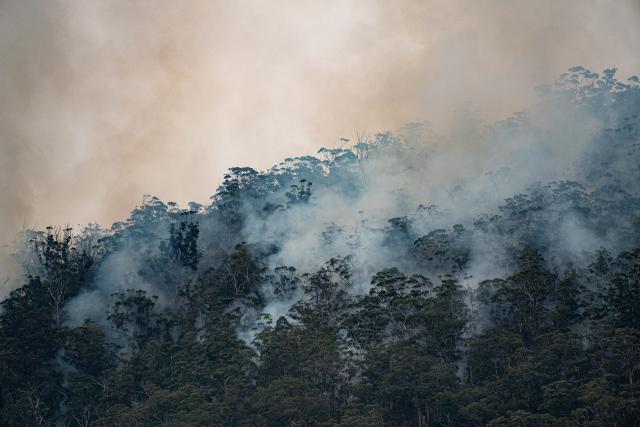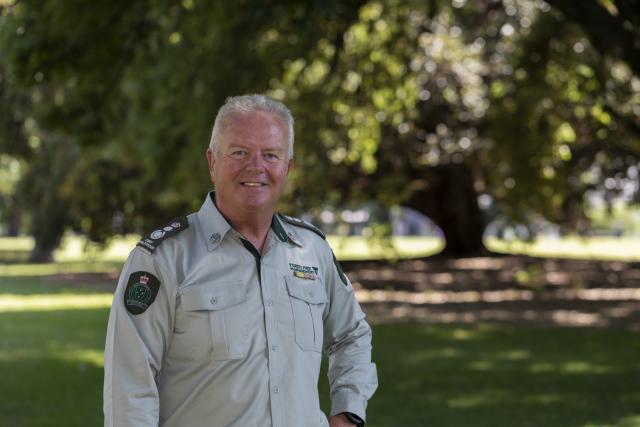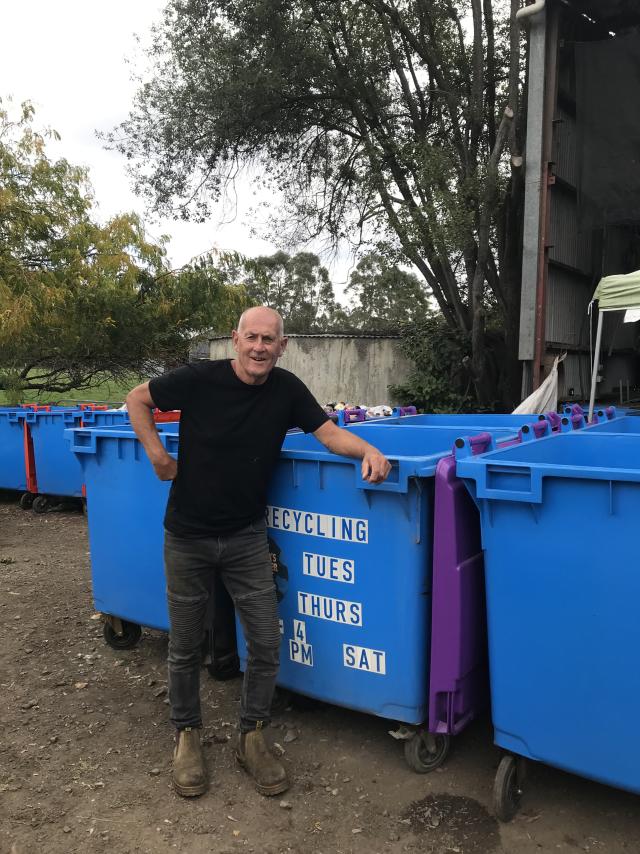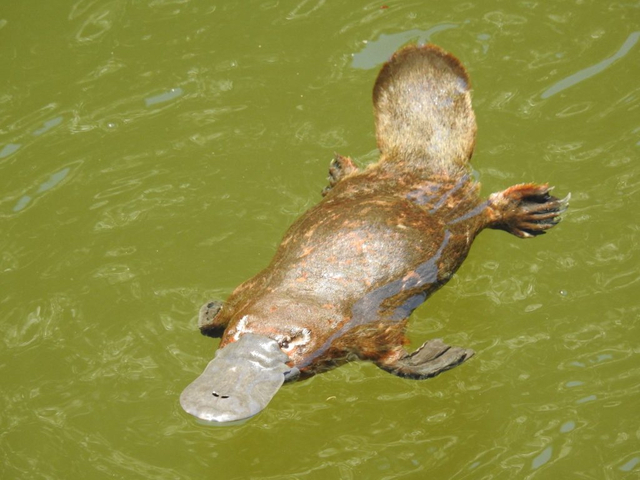VICTORIAN and Yarra Valley viticulture associations are in crisis talks with the Department of Sustainability and Environment over the timing of controlled burns.
Grape growers and winemakers say they understand the need for the burns but question the need to burn recently felled logging coupes.
They say bringing the burns program forward this year has puts it into conflict with crops.
They are desperate to avoid the smoke taint which caused massive losses last year and which they say could again threaten the viability of many growers and wine businesses in the valley.
The conflict of interest is a political minefield with many at the ground roots of the industry unwilling to speak out publicly for fear of being accused of putting their interests before everyone else’s.
“Grapes or lives is exactly what it is,” said one grower who watched with horror last Thursday as a pall of smoke drifted across the valley from a planned burn in Buxton.
In fact, the DSE has confirmed that that particular burn was not for fuel reduction but a regeneration burn at a logging coupe aimed at assisting the establishment of seedlings following timber harvesting.
Meanwhile, the Victorian Wine Industry Association and the local Yarra Valley Winegrowers Association (YVWA) are lobbying the DSE to try to come to a compromise.
In a letter to DSE secretary Greg Wilson on 18 February, YVWA general manager Richard Howden spelled out the association’s concerns including the cumulative affect of exposure to smoke.
An earlier submission had been made in August requesting burns be deferred until after the harvest .
He said research by organisations including the Australian Wine Research Institute, the Department of Primary Industry and others left no doubt of the potential threat.
“These studies have determined that exposure of grapevines to smoke for as little as two to three days during the growing season can detrimentally affect the aroma and flavour of wine,” he said.
He said research had shown that even smoke of medium density such as that from small controlled burns will affect grapevines and that harvest, which can continue through to mid-April, was a critical stage when the vine was believed to be particularly susceptible to smoke.
Mr Howden said there was an understanding of growers’ position at a local DSE level.
However, “we know this is coming from higher up – and that there’s probably a lot of mileage at a political level to be made from this approach”, he said alluding to the government’s stand burning off.
Joanne Butterworth-Gray, CEO of the Victorian Wine Industry Association said she believed the association had excellent relationships with the DSE and the State Government. “We have just had a high level meeting and I think the minister has heard our message, the DSE at a top level has heard our message and we need to negotiate an outcome which meets the needs of all,” she said on Monday afternoon.
The DSE has defended both the necessity for the burns and the timing and said that autumn burning was done from March to the end of April which was, unfortunately, the same season for grape harvesting.
DSE North East manager Peter Farrell confirmed that VicForests and DSE were currently running regeneration burns in the Central Highlands region which he said played a critical role in securing forest sustainability. “DSE is committed to keeping the communities and stakeholders informed, listening to concerns and acting when we can,” Mr Farrell said.
Burns turn sour
Digital Editions
-

A simple New Year’s resolution that could save your life
Dear editor, Many of us make a promise or two at this time of year to do more for our health. But there’s one subject…





